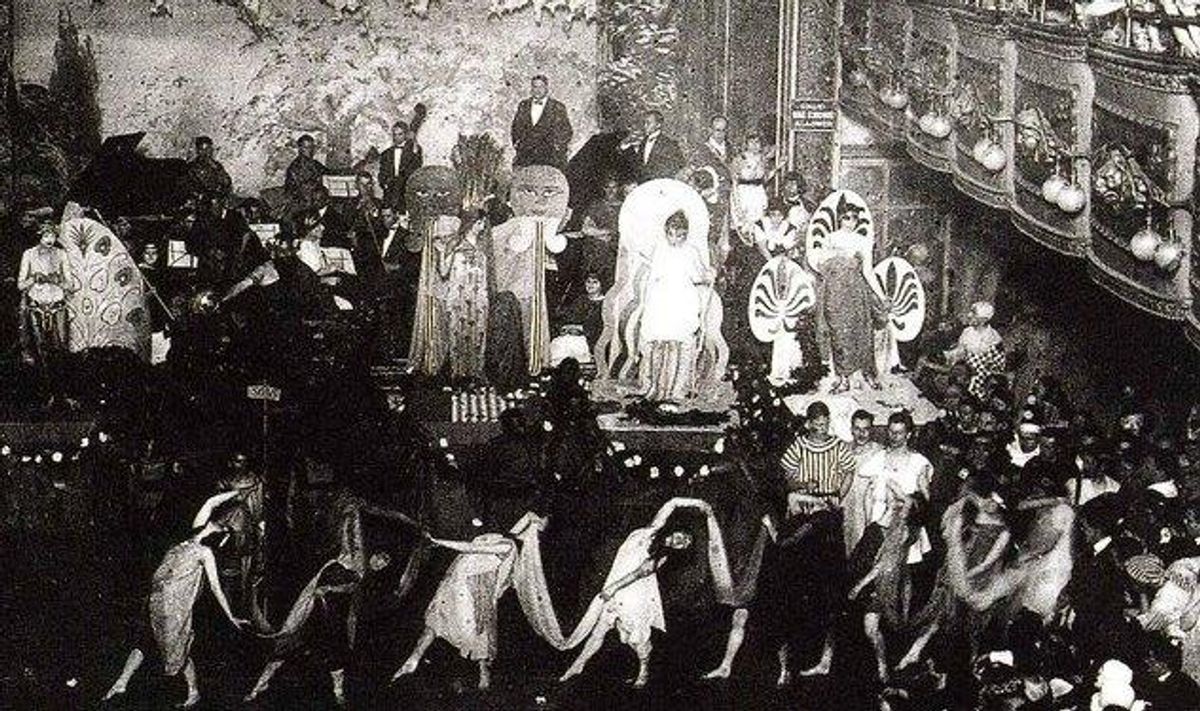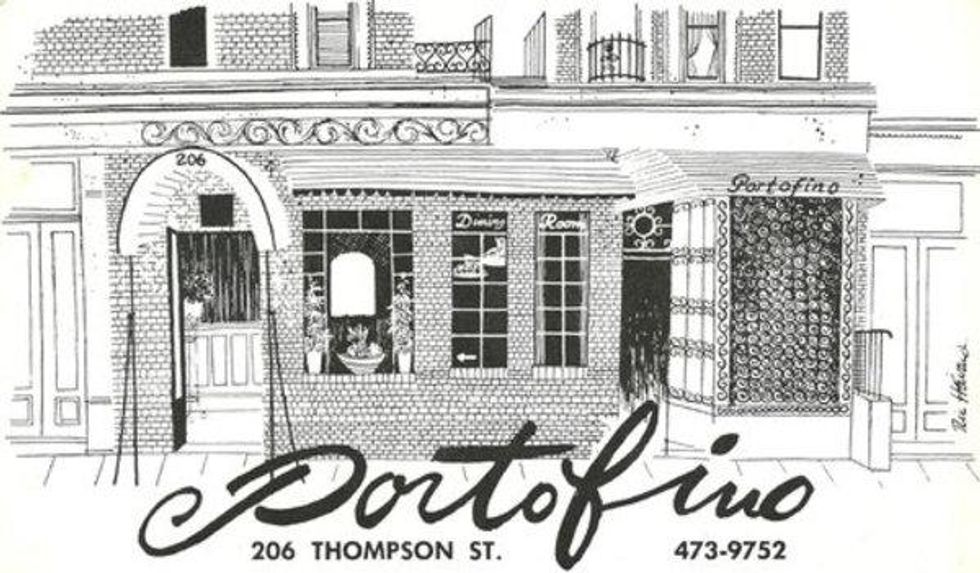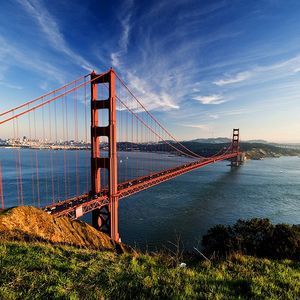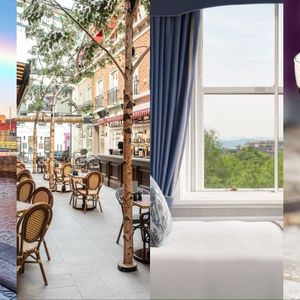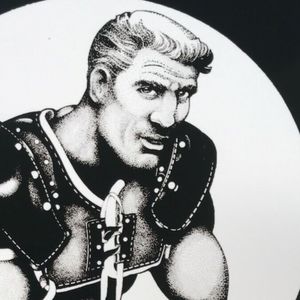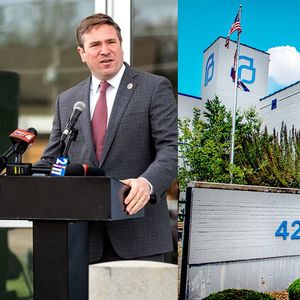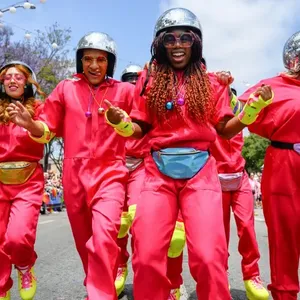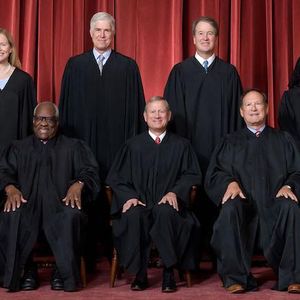Hundreds of people came together outside New York City's Stonewall Inn on Christopher Street last night. As the epicenter of the modern gay rights movement, Stonewall and its surrounding streets and pubs, including the equally influential Julius', are natural meeting places for moments of LGBT celebration. What were once secretive haunts are inviting in the evening news, as Stonewall did last night. But there's no shortage of other significant, historic gay spaces in the Big Apple.
In honor of Pride, perhaps the most meaningful pride since the very first, 43 year ago, in 1970, the Landmarks Preservation Commission put together a really enlightening tour, or at least reference, for those interested in the city's LGBT history.
 (A scene from one of Webster Halls's gender-bending masquerade balls.)
(A scene from one of Webster Halls's gender-bending masquerade balls.)
Stonewall is there, and so is Julius', and the popular music venue Webster Hall, host to many early-20th Century gay-friendly masquerade balls, is also included, as is Governor's Island, which though isn't gay, was briefly home to Henry Gerber, the founder of the early homophile group The Society for Human Rights. Gerber, born in Bavaria, was stationed at Governor's Island during the 1930s, when he was part of the U.S. Army.
A row of townhouses at St. Luke's Place in Greenwich Village has been trodden by many gay art stars and literary heroes, including lovers Paul Cadmus and Jared French and EM Forster, who lived with Cadmus and French for two years, 1947-1949. And way uptown, the Apollo Theater all the uptown is given credit for hosting gay musicians like Bessie Smith, Johnny Mathis and Little Richard.

Not listed in the guide is the space that was once a restaurant called Portofino, the lesbian-friendly Thompson Street eatery where Thea Clara Spyer and Edie Windsor had their first date in 1963. Five decades later, Windsor would stand triumphant over DOMA's remains. Thea, sadly, died 2009. Portofino wasn't listed as an official landmark until this year, but one can only assume it will be included in future Pride Guides, and that even more gay spaces, obscured by history, will emerge soon enough. (Rawhide, we're looking at you.)
As David W. Dunlap notes at the New York Times, "social landmarks don't make their significance readily apparent. A bit of context is often needed to appreciate the triumphs, disasters and dramas that have played out in these buildings." Context and, as in the case of Portofino, progress.
